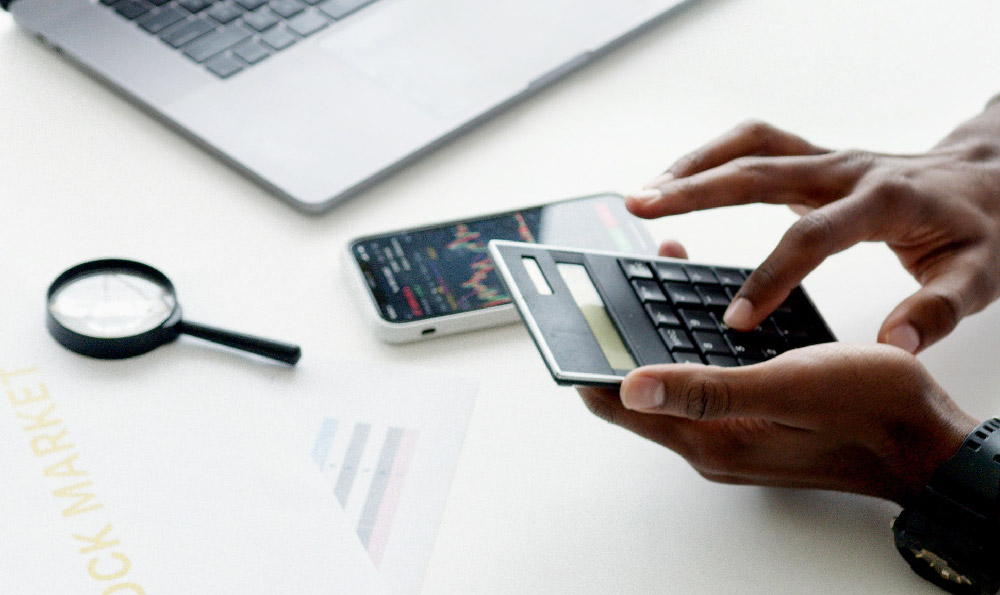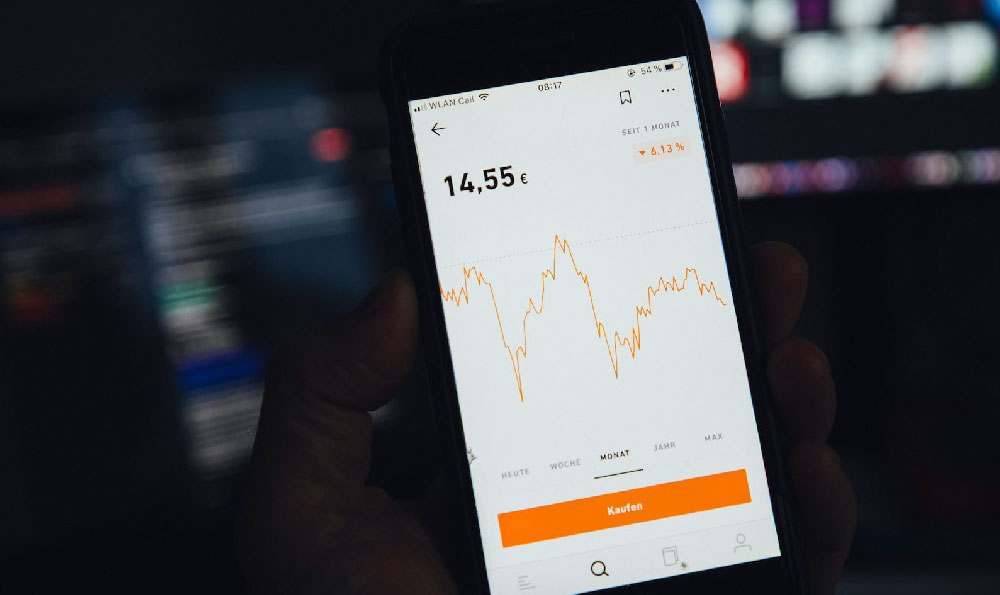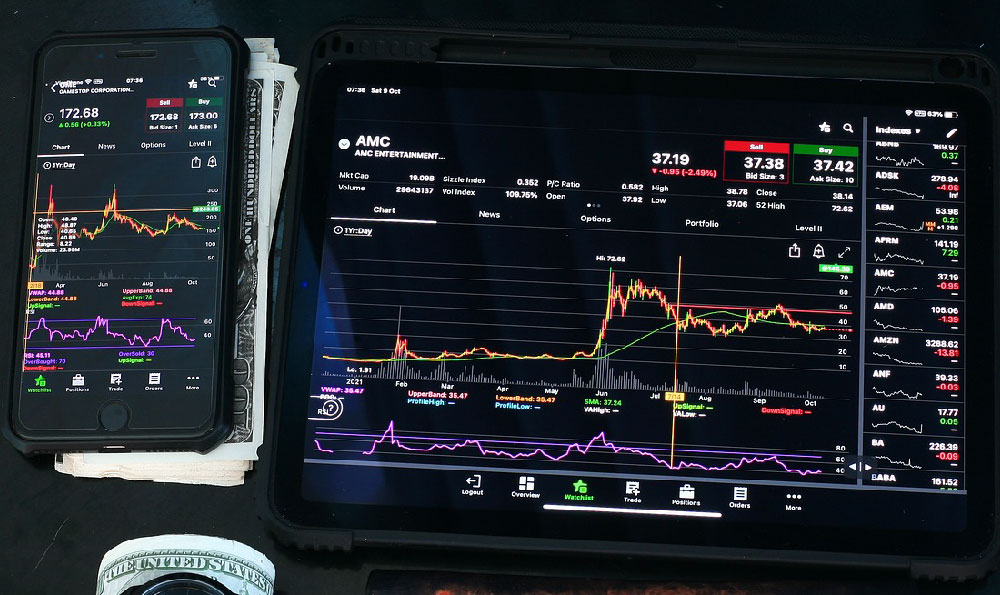How do I check USDT transactions? Is Keepbit Platform reliable?
Understanding USDT Transactions and Evaluating Keepbit Platform
The world of cryptocurrency can be both exhilarating and daunting, especially for newcomers. Tether (USDT), a stablecoin pegged to the US dollar, plays a pivotal role in this ecosystem, acting as a bridge between traditional finance and the volatile crypto market. Knowing how to check your USDT transactions and critically evaluate platforms like Keepbit is paramount to responsible and secure participation. Let's delve into these key aspects.
Checking Your USDT Transactions: A Step-by-Step Guide

Tracking your USDT transactions is essential for maintaining financial transparency and identifying any discrepancies. The process primarily depends on the blockchain network you used to send or receive the USDT. USDT exists on multiple blockchains, including Ethereum (ERC-20), Tron (TRC-20), and Binance Smart Chain (BEP-20). Each network has its own block explorer.
-
Identify the Blockchain Network: This is the first crucial step. When sending or receiving USDT, the transaction details should specify the network used (e.g., ERC-20, TRC-20, BEP-20). If you're unsure, check the sending or receiving platform's transaction history; this information is usually readily available.
-
Find the Transaction Hash (TxID): The Transaction Hash, or TxID, is a unique identifier for your specific transaction on the blockchain. It’s a long string of alphanumeric characters. You can find this TxID in your wallet's transaction history or on the exchange or platform where the transaction occurred.
-
Use the Appropriate Block Explorer: Once you know the blockchain network, you can use its corresponding block explorer. Here are some common ones:
- Ethereum (ERC-20): Etherscan (https://etherscan.io/)
- Tron (TRC-20): Tronscan (https://tronscan.org/#/)
- Binance Smart Chain (BEP-20): BscScan (https://bscscan.com/)
- Omni Layer (USDT originally issued on Bitcoin): OmniExplorer (https://omniexplorer.info/)
-
Enter the TxID in the Block Explorer: Go to the block explorer for your identified network and paste the TxID into the search bar. Press enter.
-
Review the Transaction Details: The block explorer will display detailed information about your transaction, including:
- Status: Confirmed or Pending. "Confirmed" means the transaction has been successfully added to the blockchain.
- Block Height: The block number in which the transaction was included.
- Timestamp: The date and time the transaction was recorded on the blockchain.
- From Address: The address that sent the USDT.
- To Address: The address that received the USDT.
- Amount: The amount of USDT transferred.
- Transaction Fee: The fee paid to the network to process the transaction.
By verifying these details on the block explorer, you can confirm that your USDT transaction was successfully processed and recorded on the blockchain. It is a transparent and immutable record of your activity.
Evaluating Keepbit Platform: A Critical Assessment
Determining the reliability of any cryptocurrency platform requires a thorough and multi-faceted approach. Keepbit, like any other platform in this space, should be evaluated based on several key factors.
-
Security Measures: Security is paramount. Research Keepbit's security protocols. Does the platform employ two-factor authentication (2FA), cold storage for funds, and regular security audits? Look for evidence of these measures on their website and in user reviews. A platform’s response to past security breaches (if any) is also informative.
-
Regulatory Compliance: Understand Keepbit's regulatory standing. Does it comply with relevant financial regulations in its jurisdiction? Compliance often indicates a commitment to transparency and accountability. However, the regulatory landscape for crypto is constantly evolving, so this needs to be assessed dynamically.
-
Transparency: Look for transparency in Keepbit’s operations. Are the team members publicly known? Is the platform's code open-source (if applicable)? Are fees and policies clearly disclosed? Lack of transparency can be a red flag.
-
User Reviews and Reputation: Explore online forums, crypto communities, and review sites to gauge user sentiment. Pay attention to both positive and negative reviews. Be wary of overly positive reviews that may be incentivized or fabricated. Look for patterns in complaints – are they related to technical issues, withdrawal problems, or customer service?
-
Trading Volume and Liquidity: High trading volume generally indicates a healthy platform with sufficient liquidity. Check Keepbit's trading volume for USDT pairs. Low liquidity can lead to slippage, where you buy or sell USDT at a less favorable price than expected.
-
Customer Support: Test the platform's customer support channels. Are they responsive and helpful? A reliable platform should offer prompt and efficient customer support to address user queries and concerns. Try contacting them with a hypothetical question before committing significant funds.
-
Terms and Conditions: Carefully read and understand the platform's terms and conditions. Pay attention to clauses related to liability, dispute resolution, and account termination. This document outlines your rights and responsibilities as a user of the platform.
-
Background Checks: Investigate the company behind Keepbit. Who are the founders? What is their experience in the crypto space? Have they been involved in any previous controversies or scams?
Disclaimer: The cryptocurrency market is inherently risky. Price volatility, regulatory uncertainty, and security vulnerabilities can all lead to financial losses. Always conduct thorough research and exercise caution before investing in any cryptocurrency or using any cryptocurrency platform. Never invest more than you can afford to lose. Consult with a qualified financial advisor before making any investment decisions. This information is for educational purposes only and should not be considered financial advice. Be skeptical, be informed, and prioritize your financial security.















